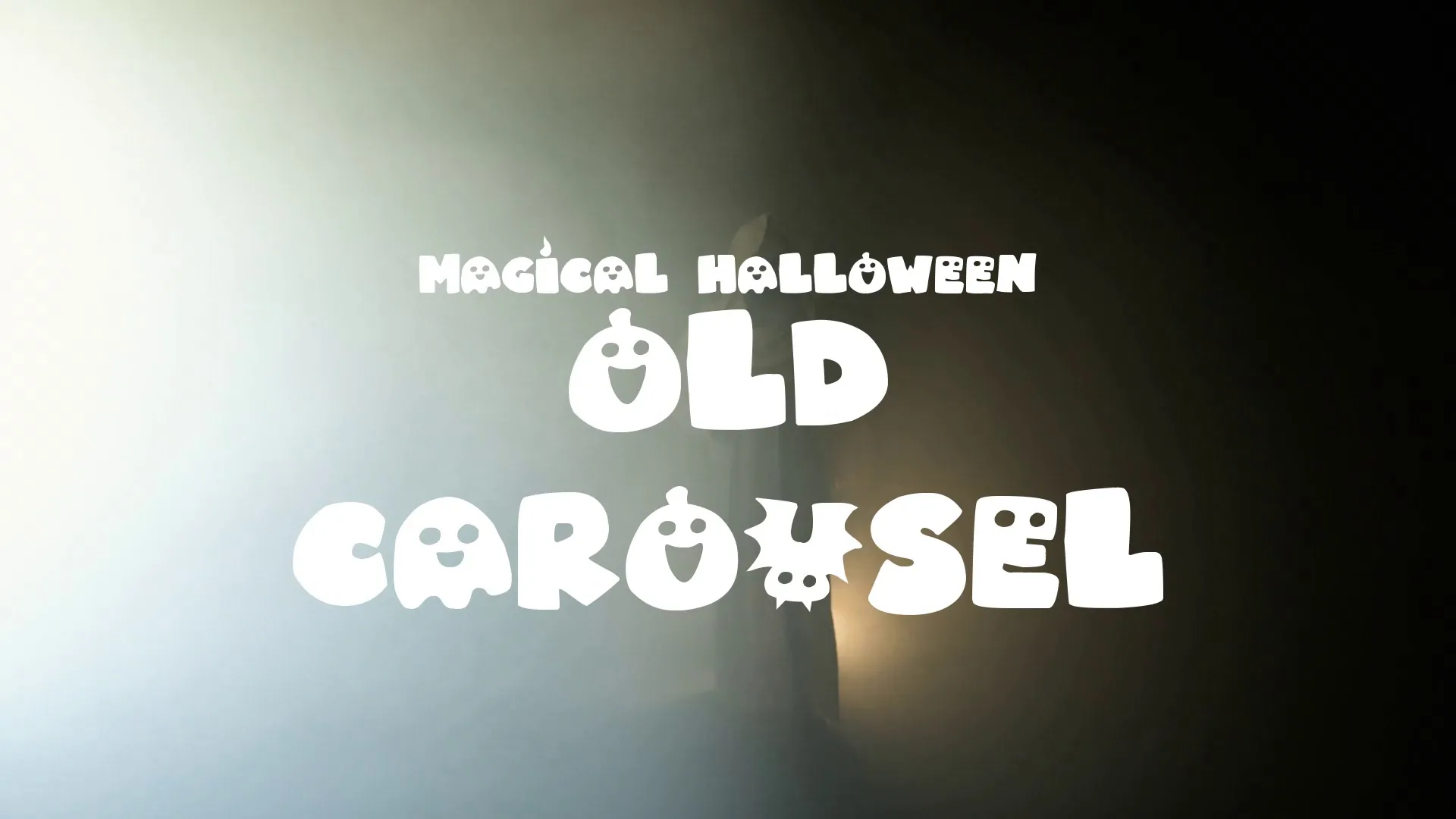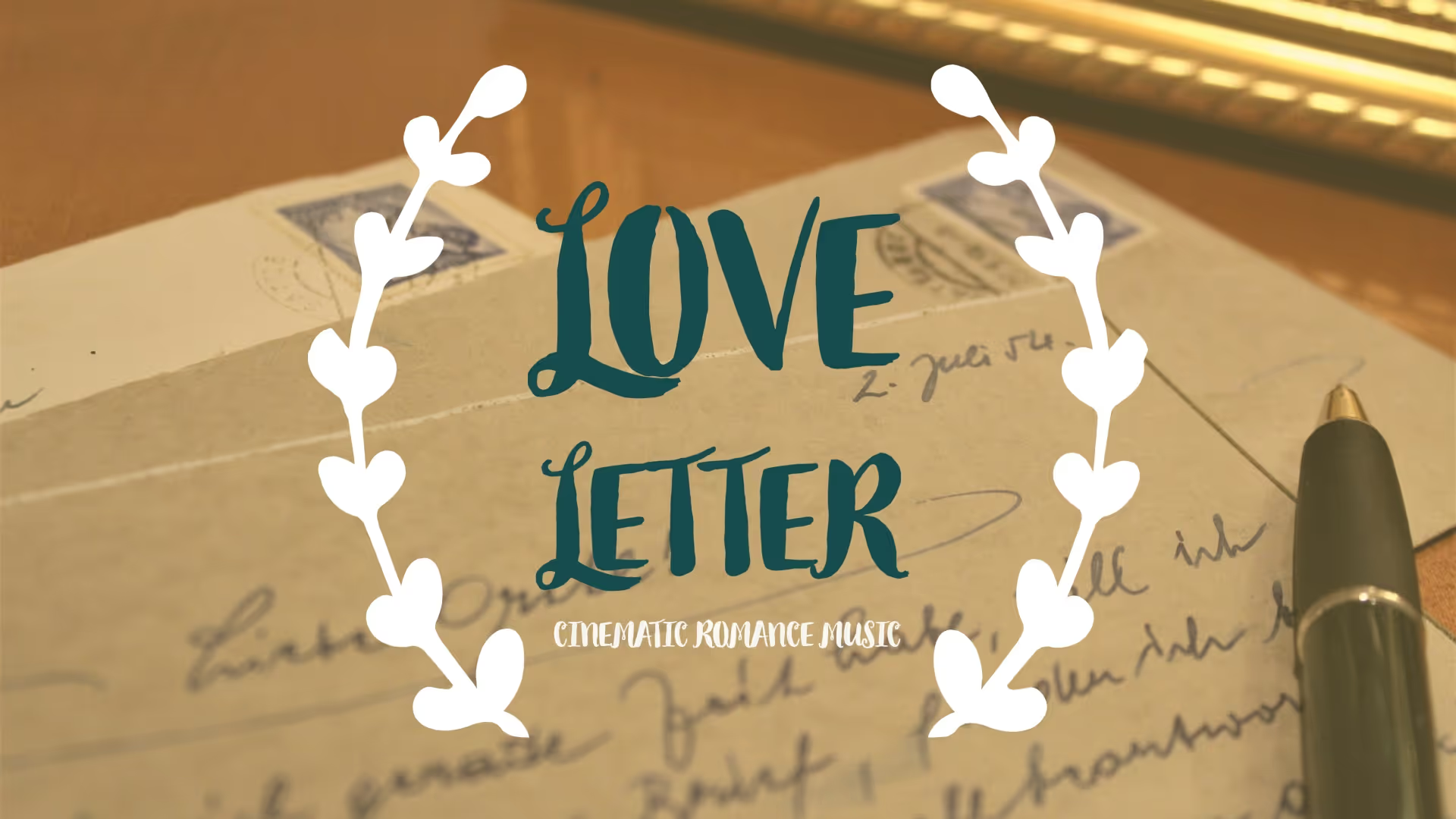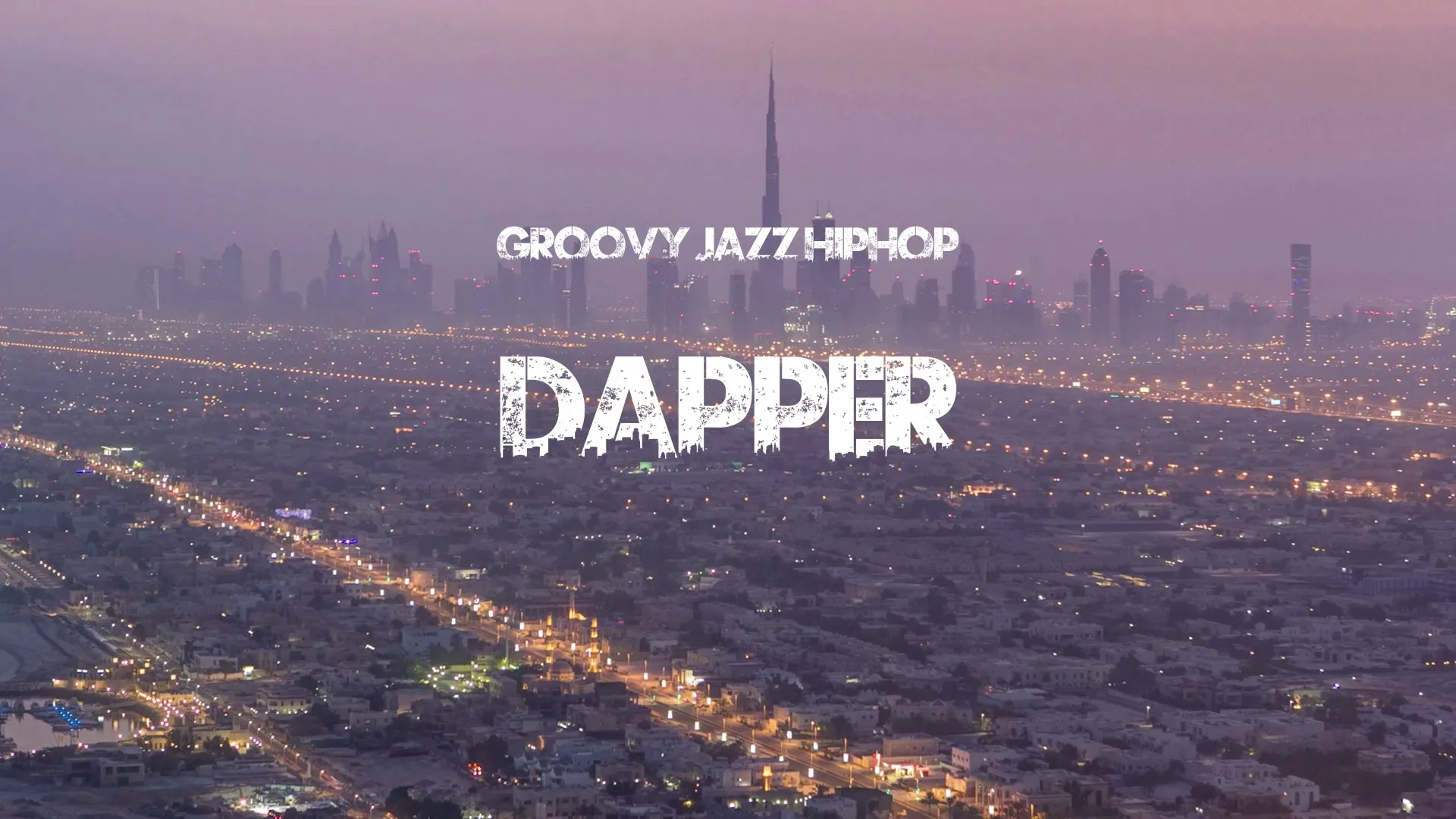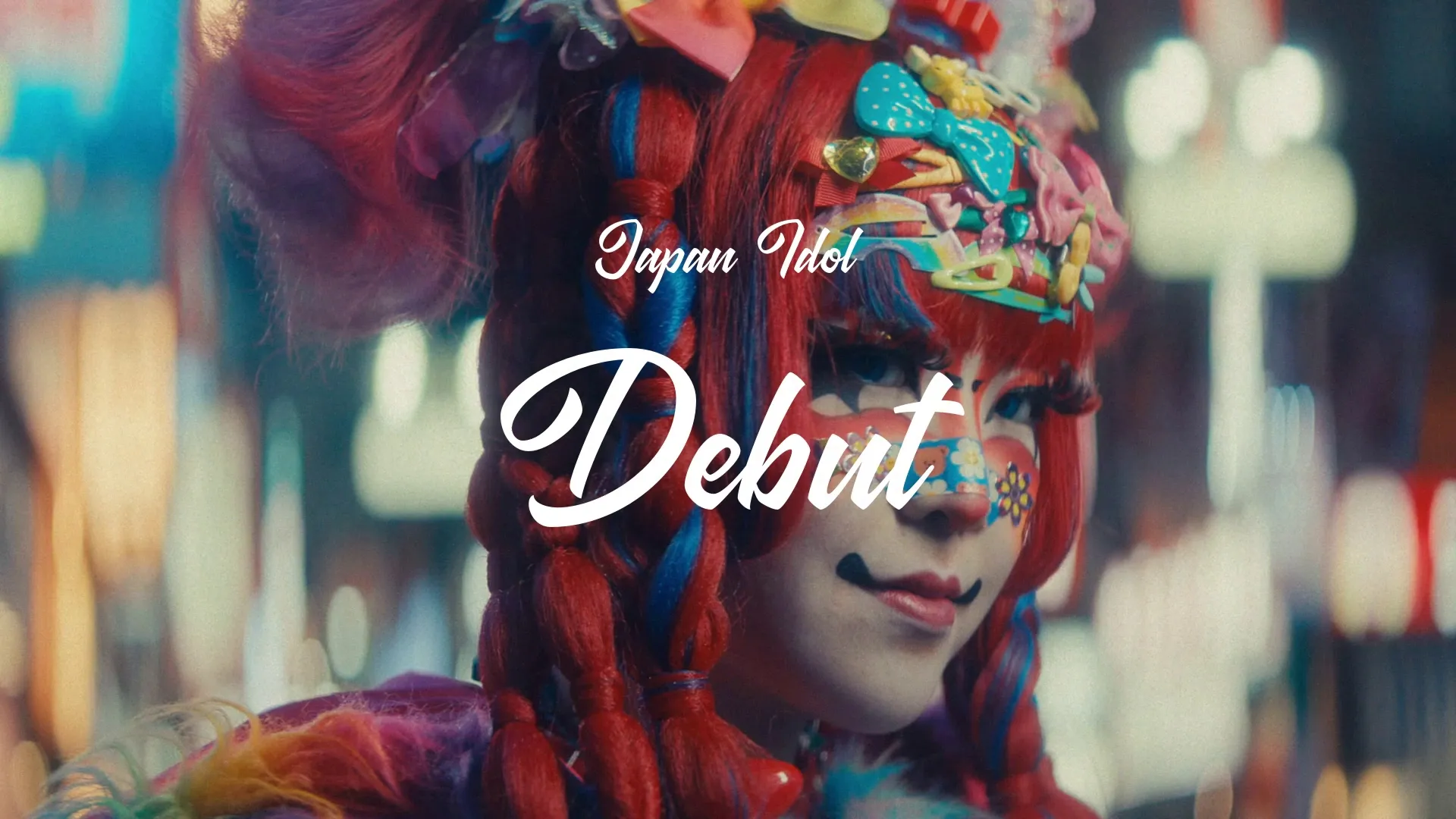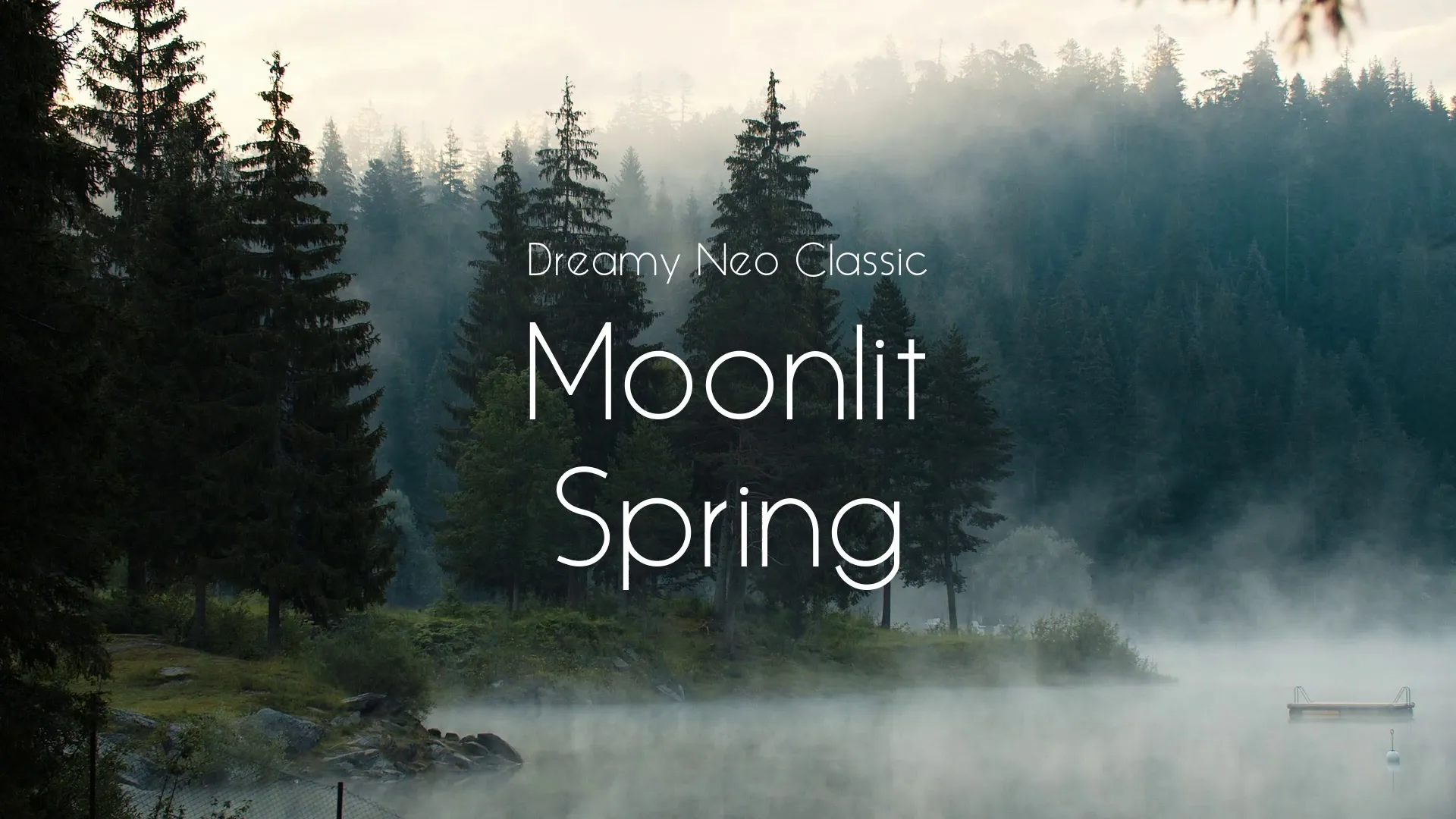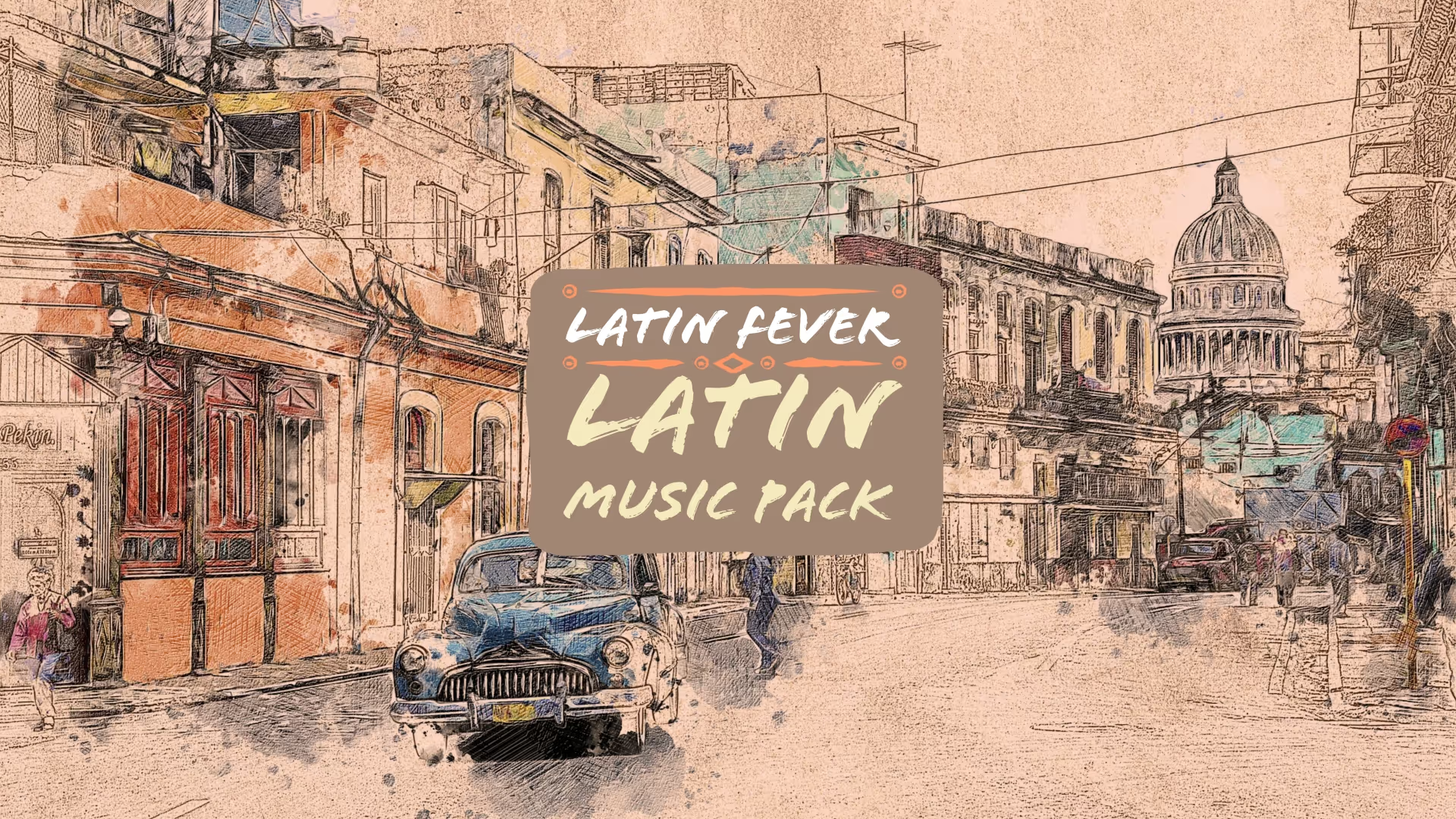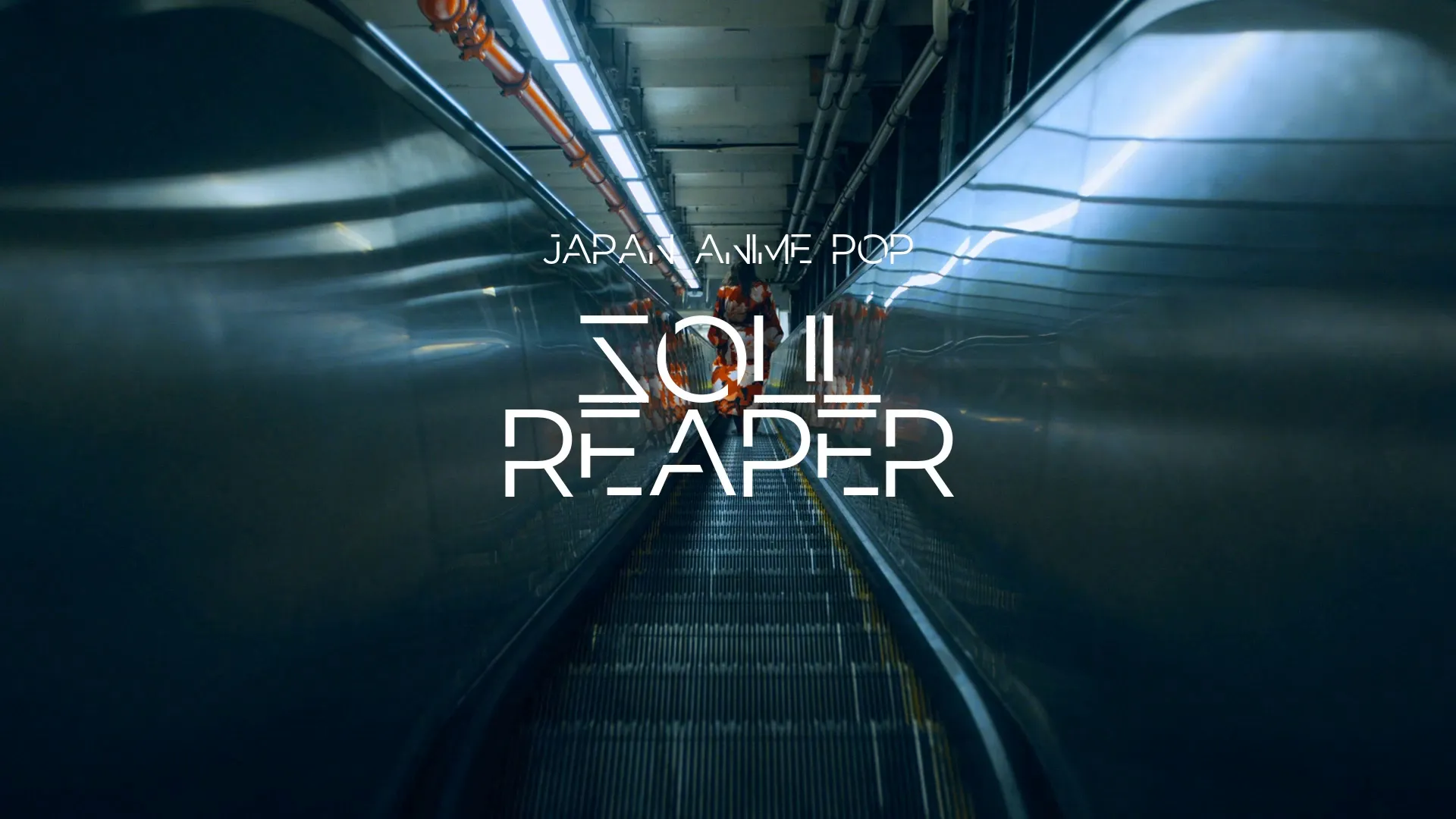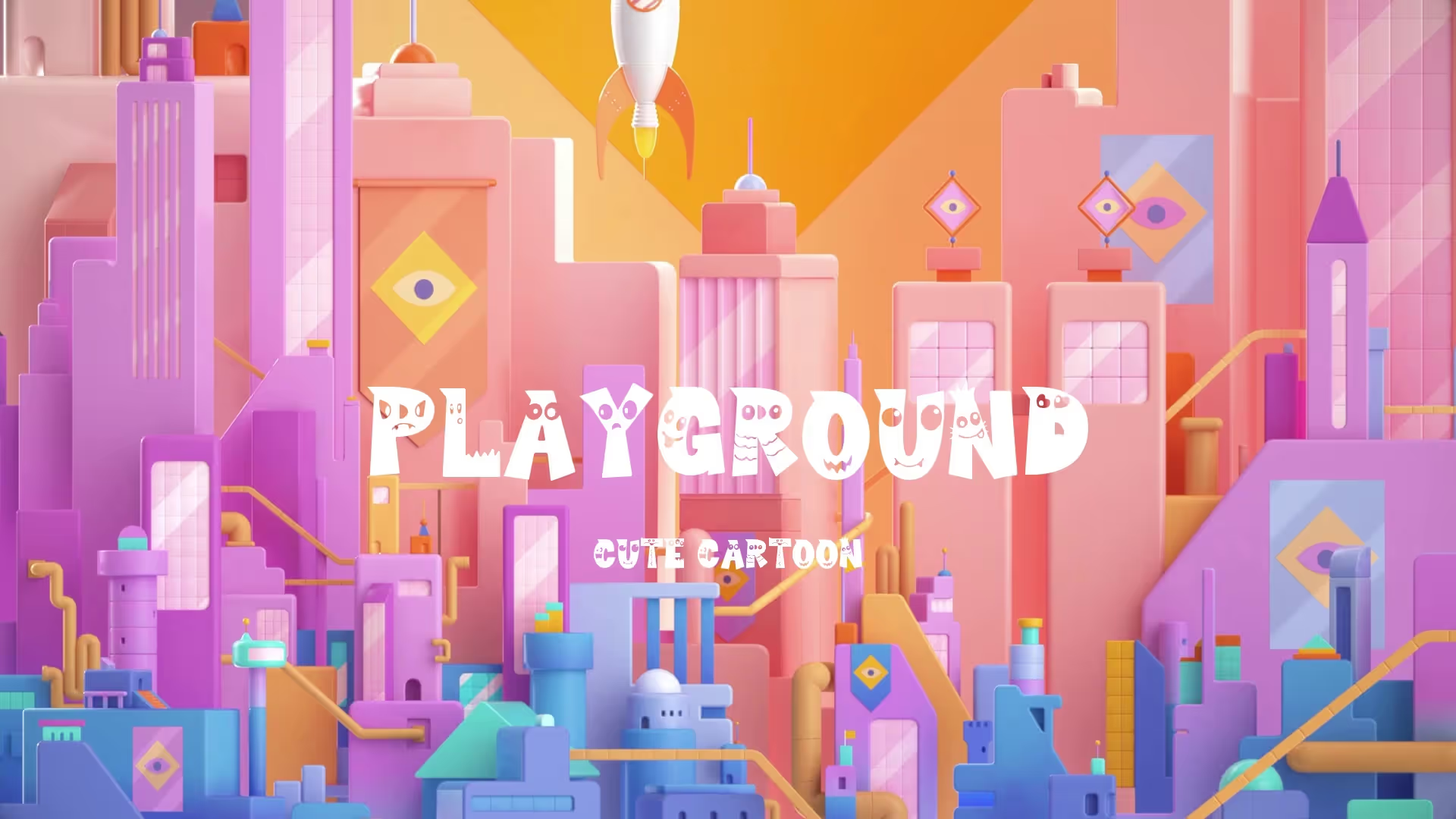AI in Game Design: From Concept Viability to AI Generated Art & 2D Sprites
The landscape of game development is evolving rapidly with the integration of Artificial Intelligence. AI is no longer a futuristic concept but a practical tool for modern game designers, offering efficiencies from initial ideation to asset creation. Understanding how to leverage AI can significantly accelerate your development cycle and refine your creative output.
Assessing Game Concept Viability with AI
Before investing significant resources, validating a game concept is crucial. AI can assist in this by analyzing market trends, player preferences, and genre saturation. Tools can process vast datasets to provide insights into potential audience reception and commercial viability.
This AI-driven assessment helps developers make data-informed decisions early on. It can highlight overlooked niches or identify concepts with low market potential, saving time and preventing costly missteps. Focusing on a strong foundation is key to maintaining development momentum.
AI for Game Concept Art Generation
Visualizing game concepts quickly is essential for iterating on ideas. AI game concept art generators enable developers to produce diverse visual styles and moods rapidly. This accelerates the pre-production phase, allowing for quicker feedback and refinement.
AI tools can translate textual descriptions into compelling visual representations. This helps in exploring various aesthetic directions without the need for extensive manual sketching. It democratizes concept art, making high-quality visuals accessible to even solo indie developers.
For example, Wayline’s Canvas allows you to generate concept art with AI, transforming your ideas into visual reality quickly. This capability is invaluable for visualizing characters, environments, and UI elements.
Generating 2D Sprites and Pixel Art with AI
Creating consistent and high-quality 2D sprites, including pixel art, can be time-consuming. AI-generated game art offers a solution by automating parts of this process. AI models can learn from existing art styles to generate new sprites that match a game’s aesthetic.
This is particularly useful for generating variations of characters, environmental assets, or UI elements. AI can produce 2D sprites pixel art assets that maintain stylistic consistency across your project. Developers can focus on refining the core gameplay rather than repetitive asset creation.
While AI provides a powerful starting point, human oversight is still necessary. AI-generated assets often require minor adjustments to perfectly fit the game’s vision. Think of it as a highly efficient assistant, not a complete replacement for artistic input.
Common Pitfalls and How to Avoid Them
Over-reliance on AI without critical evaluation is a significant pitfall. AI-generated content can sometimes lack originality or a distinct artistic voice. Always review and refine AI outputs to ensure they align with your unique creative vision.
Another challenge is maintaining stylistic consistency, especially when using different AI tools or prompts. Establish clear artistic guidelines before generating assets. This helps in guiding the AI and ensures a cohesive look for your game. For further exploration of art techniques, consider resources like Cel Shading: A Comprehensive Expert Guide.
Integrating AI into Your Workflow
Start by experimenting with AI tools for specific tasks, such as generating initial concepts or placeholder assets. Don’t try to automate your entire workflow at once. Gradually integrate AI where it provides the most benefit.
Utilize AI to augment your existing processes, not replace them entirely. For instance, use AI to create a first draft of a game design document, then refine it manually. Wayline’s Blueprint tool can help you build professional Game Design Documents in minutes, providing a solid foundation.
Create a free account, or log in.
Gain access to free articles, game development tools, and game assets.


